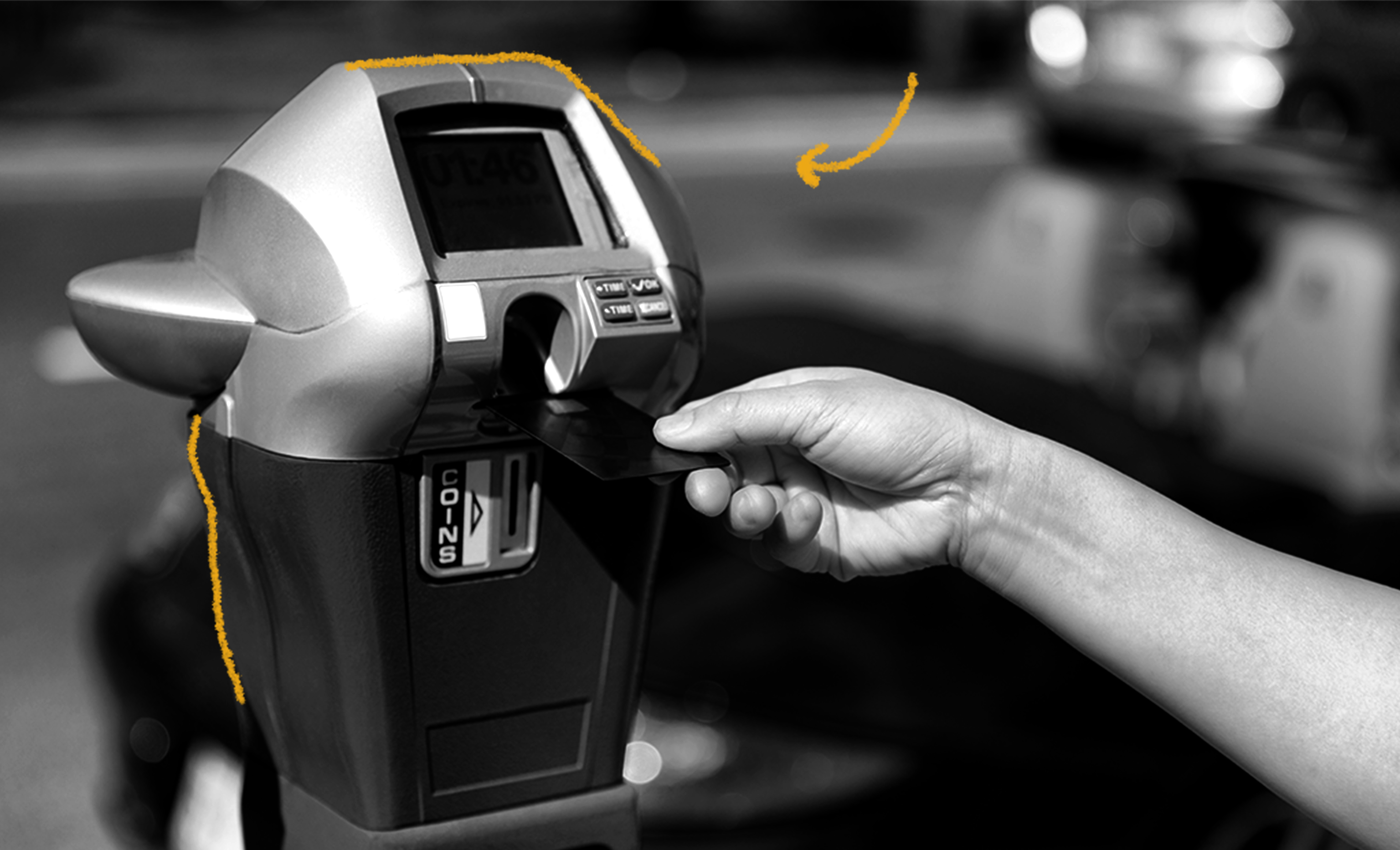The first patent for a parking meter was awarded to Roger W. Babson in 1928, but Babson never actually manufactured his device. The second patent for a parking meter was awarded to Carl C. Magee. After an incident in New Mexico, Magee moved to Oklahoma and was appointed chair of the Oklahoma traffic committee. After hearing about the city’s parking difficulties, he created a crude model of a parking meter and reached out to engineering professors Gerald Hale and H. G. Thuesen to help him fine-tune it. They came up with the “Black Maria,” which required coin payment and worked like a wind-up clock. Soon after, Percy C. Gumm patented the Park-O-Later, but as head of the traffic committee, Magee was able to get his version approved faster. He received a patent in 1938 and began manufacturing. On July 16, 1935, 175 parking meters were installed in Oklahoma City. The installation was met with complaints initially, but drivers soon realized that the timed meters made it possible to actually find a parking spot, and shop owners in the area appreciated the fact that customers could shop more easily. By the early 1940s, there were over 140,000 parking meters across America. Later, the Mark-Time Parking Meter Company improved on McGee’s design by introducing a meter that didn’t need to be wound by a city official each week and the two-headed model was introduced eventually, but not much else changed until digital parking meters were introduced in the modern era. Most units now accept credit cards as well as coins, and many cities have multispacer meters that service multiple spots in a specific area or within a large lot. There are even parking meter apps that allow you to pay through your phone!

Your go-to guide for weird history facts
Subscribe to the FREE daily email that makes learning about history fun.


